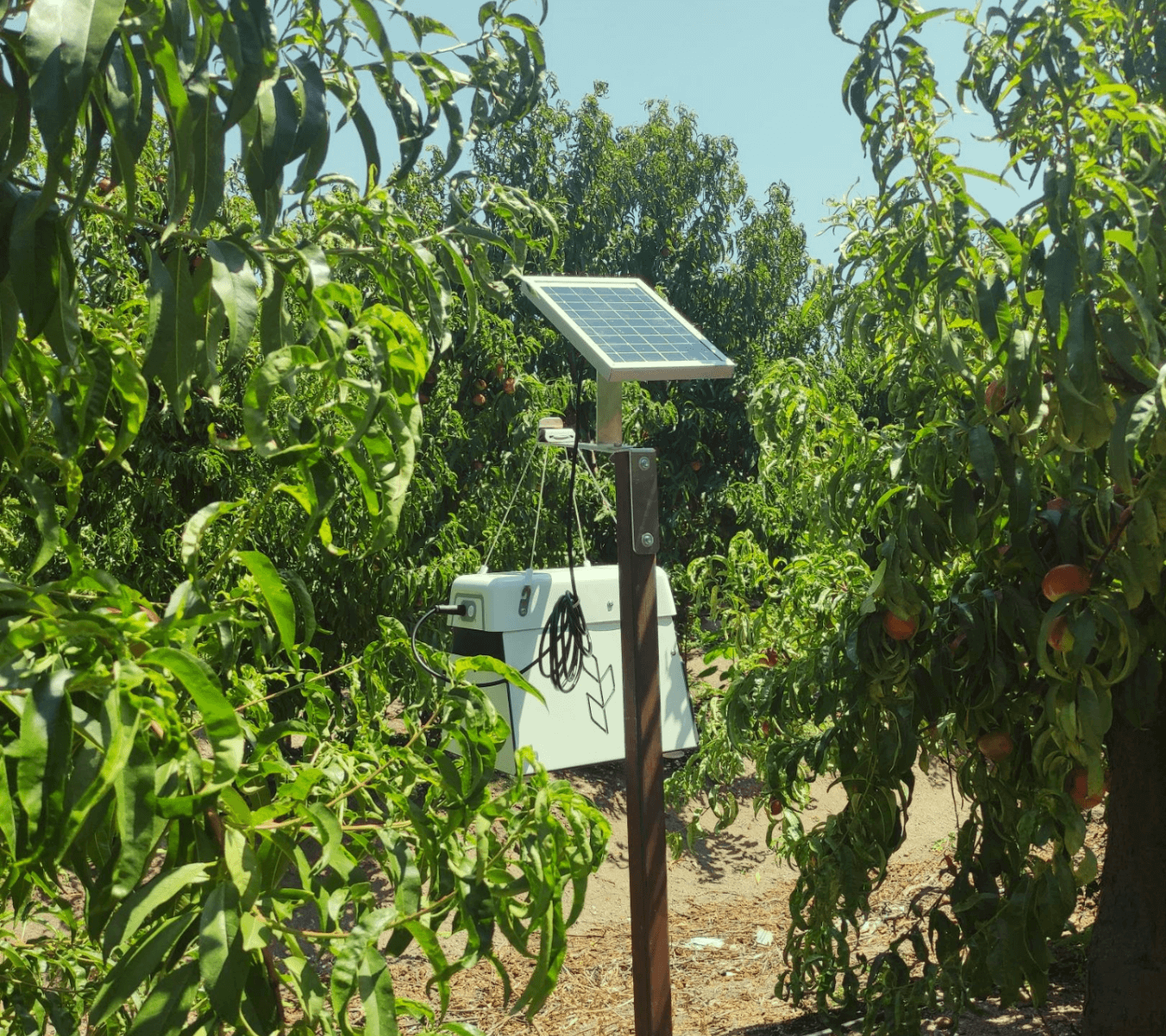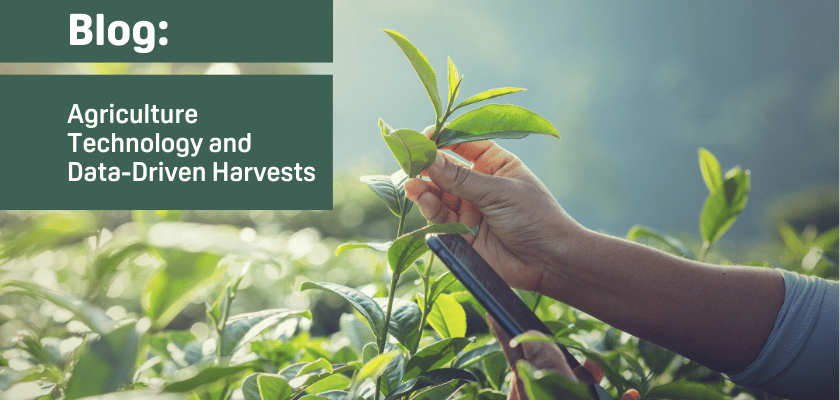PestTrap scans photos, tags each type of pest, and counts the number of pest types for each photo. When the risk of harm increases, it sends you a notification. The notifications are crucial in decision management for pests. It is explained that humans can make decisions, consciously or unconsciously, like algorithms. The difference between humans and software is that while software can load all the knowledge and experience available, even the most advanced human beings have limited information to process when making decisions. Algorithms can reach the most accurate decision by processing many scenarios in seconds.
In addition, another difference between software, smart machines, and algorithms is that they do not have emotions. Emotions, instincts, suspicions, and prejudices gained through bad experiences can sometimes lead us to success in our communication with people, but these should be set aside when it comes to farming since what we are dealing with in agriculture are biological entities.
The development and growth of plants and changes in pest populations depend on scientifically determined situations. When we look very closely at them, sometimes we may not see what caused them, but algorithms that consider all components can predict this with high success using the data they obtained without any difficulty.
Come and take a look at our products! Don't wait for someone else to come for innovations, don't be afraid to be a pioneer. Save money on land visitations over spraying and pest control using outdated traditional methods.
Let your smart colleague PestTrap do it for you and take your time to grow your business and increase your profitability! For those interested in exploring how Doktar's innovative solutions can transform your agricultural practices, visit our website for detailed information on all our products. Stay updated with the latest developments by following us on Instagram and LinkedIn, where we share insights, tips, and updates about our technologies and their impact on modern farming.





